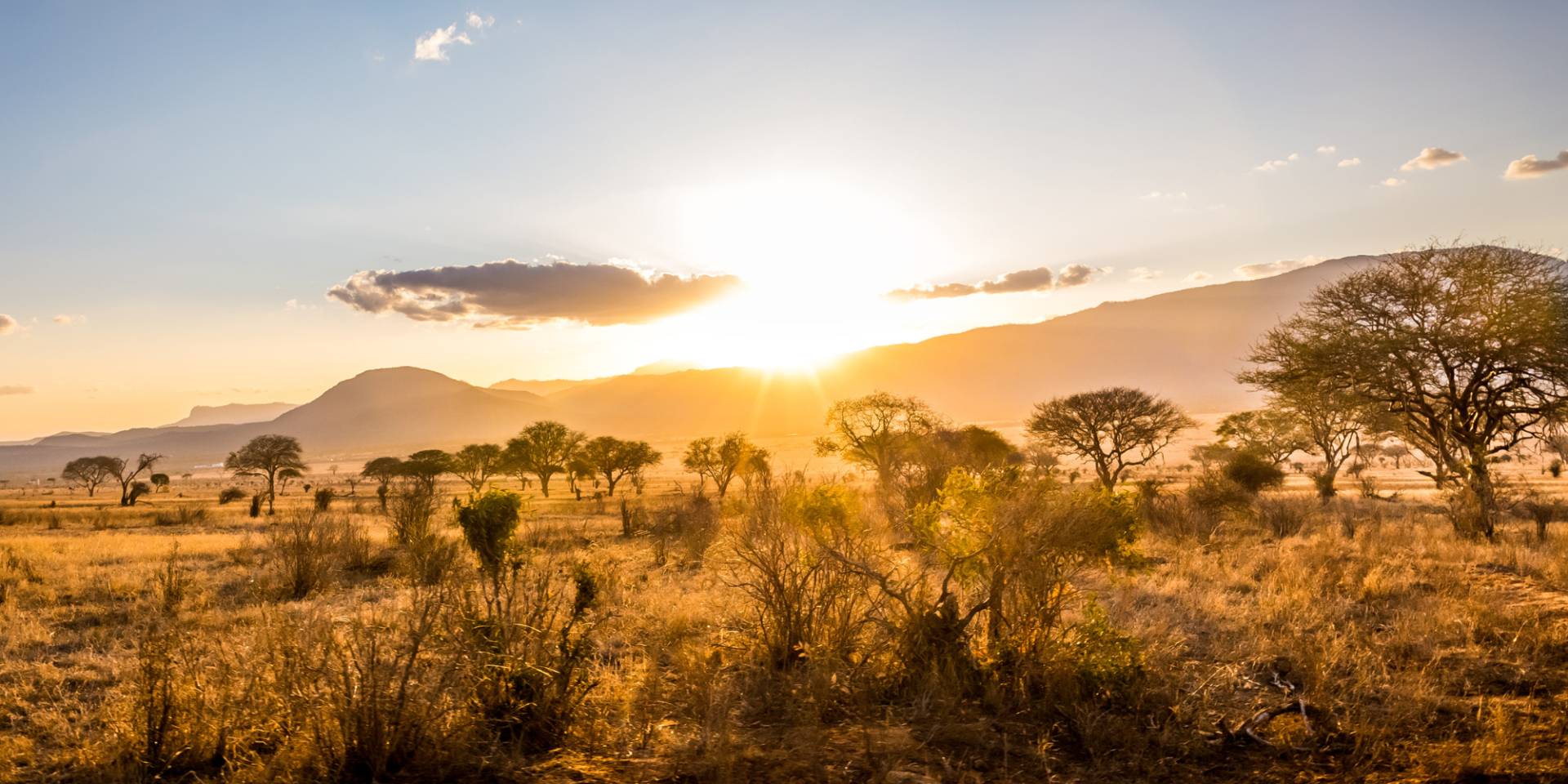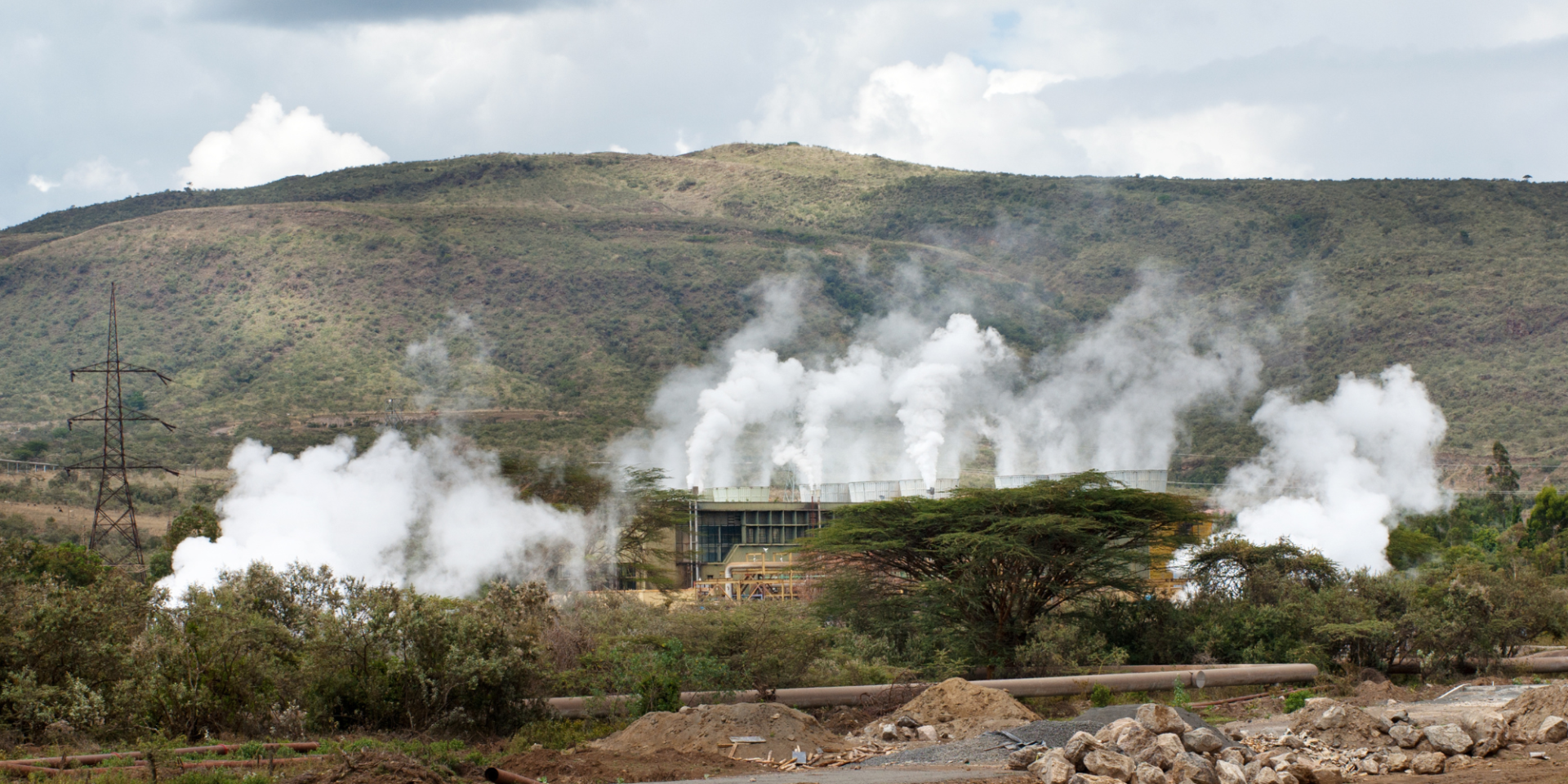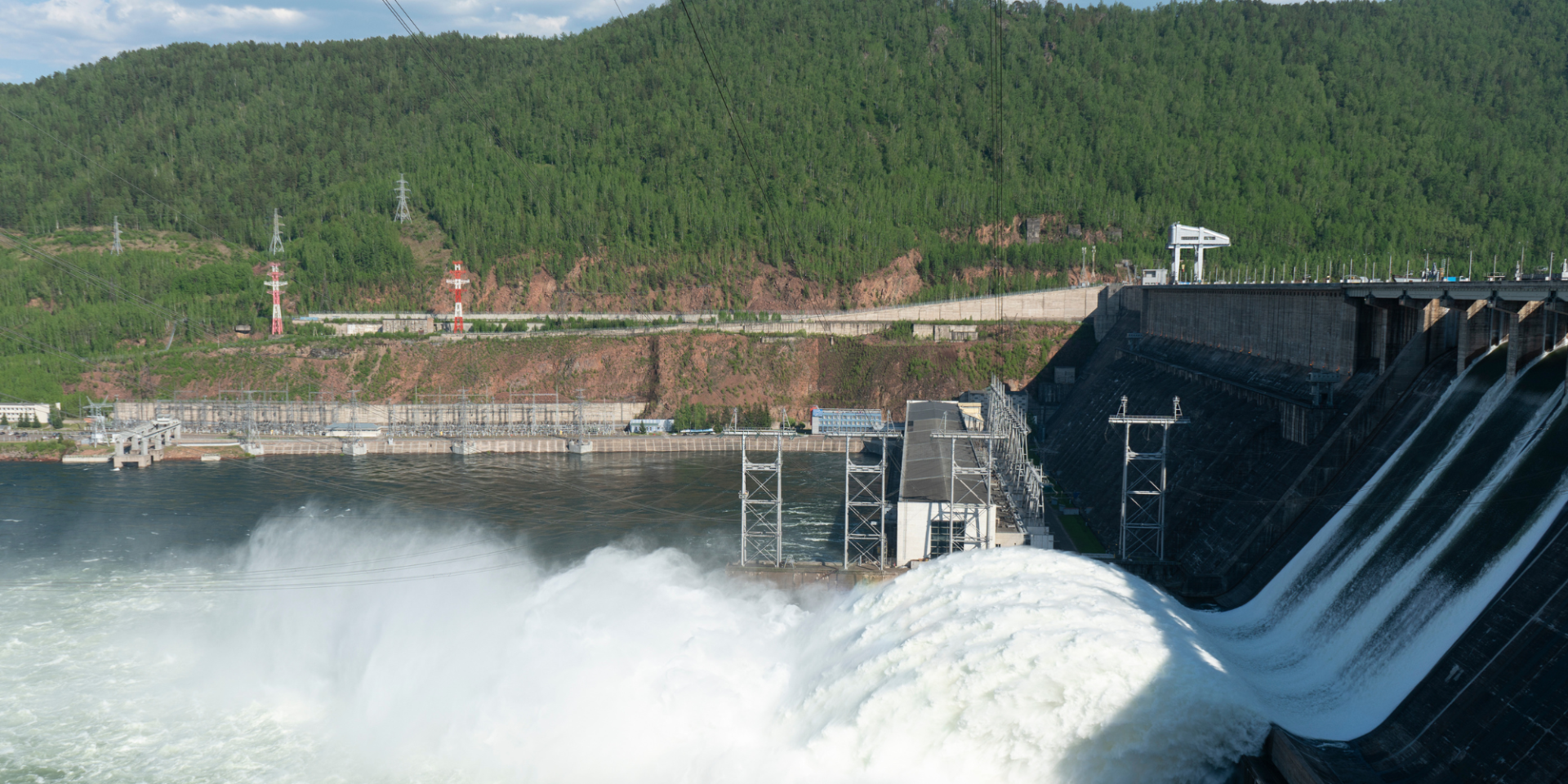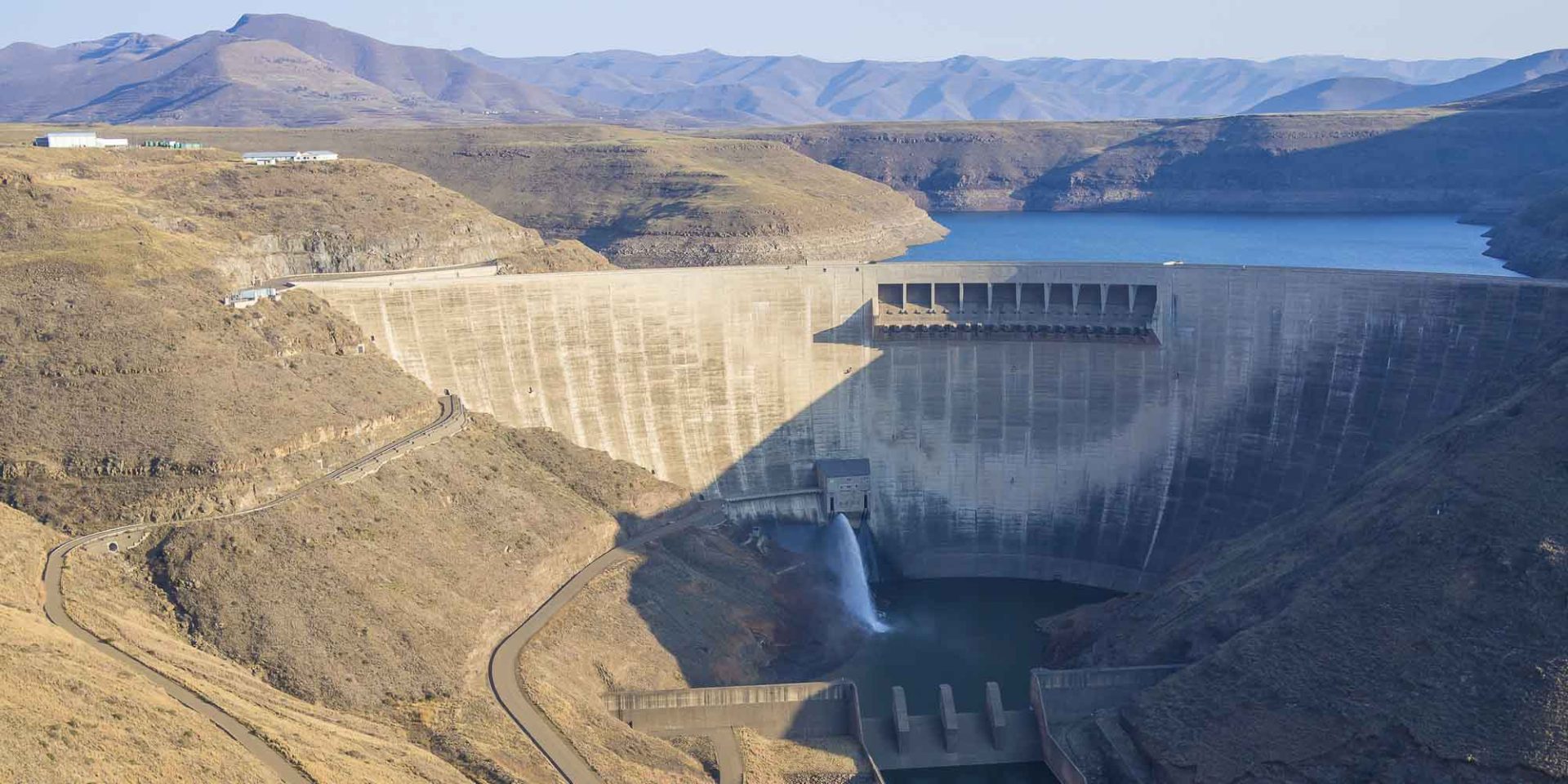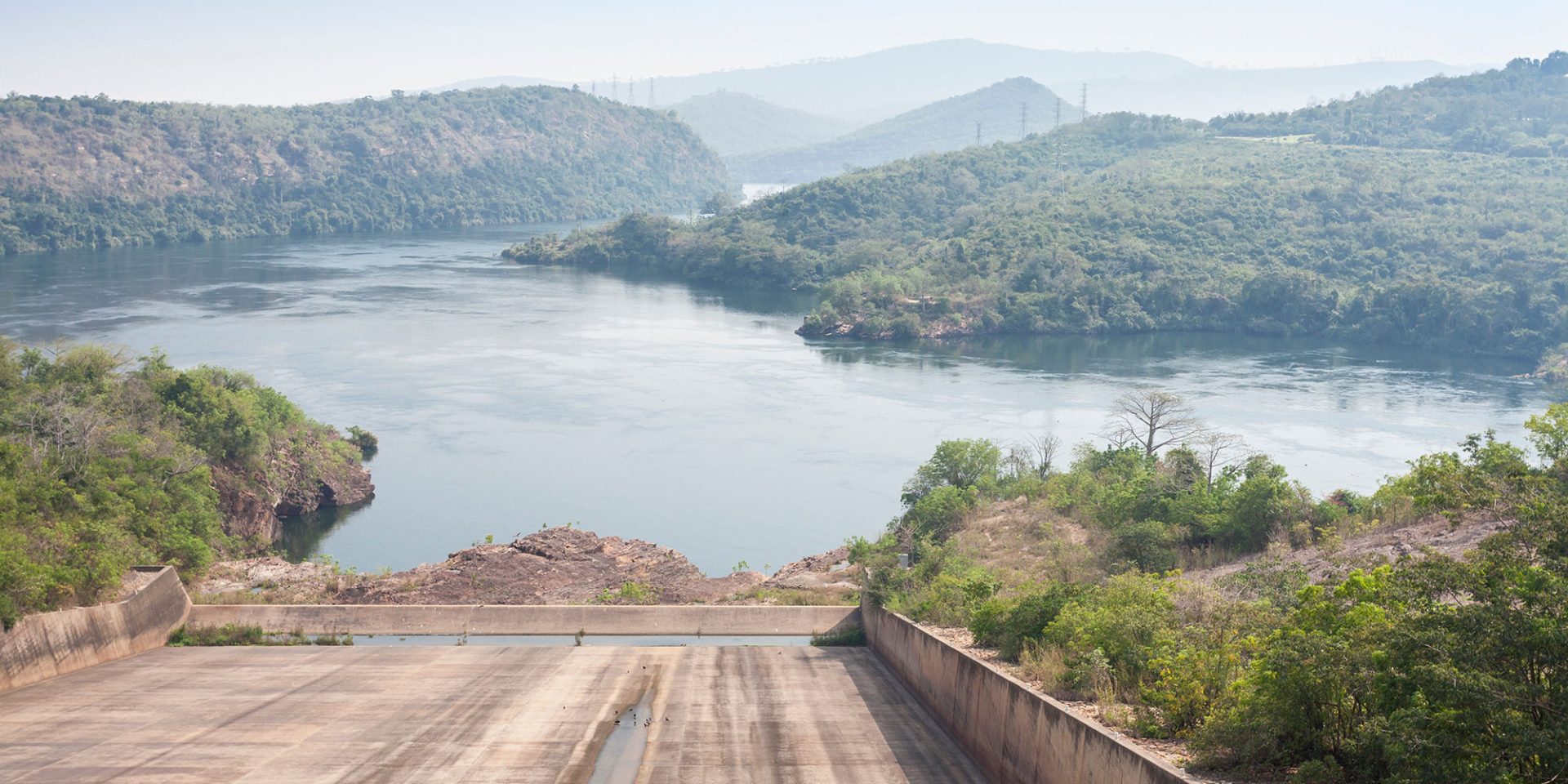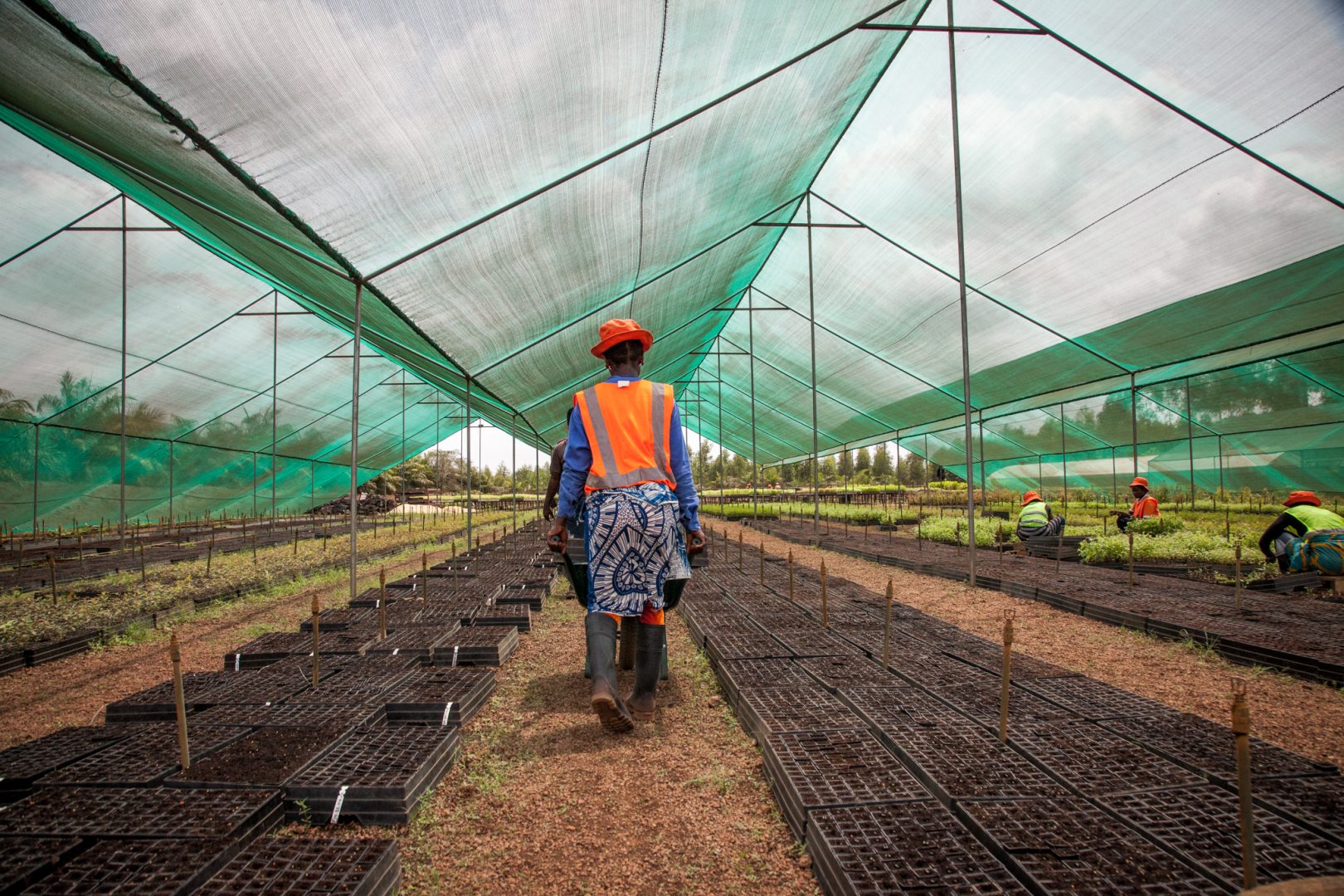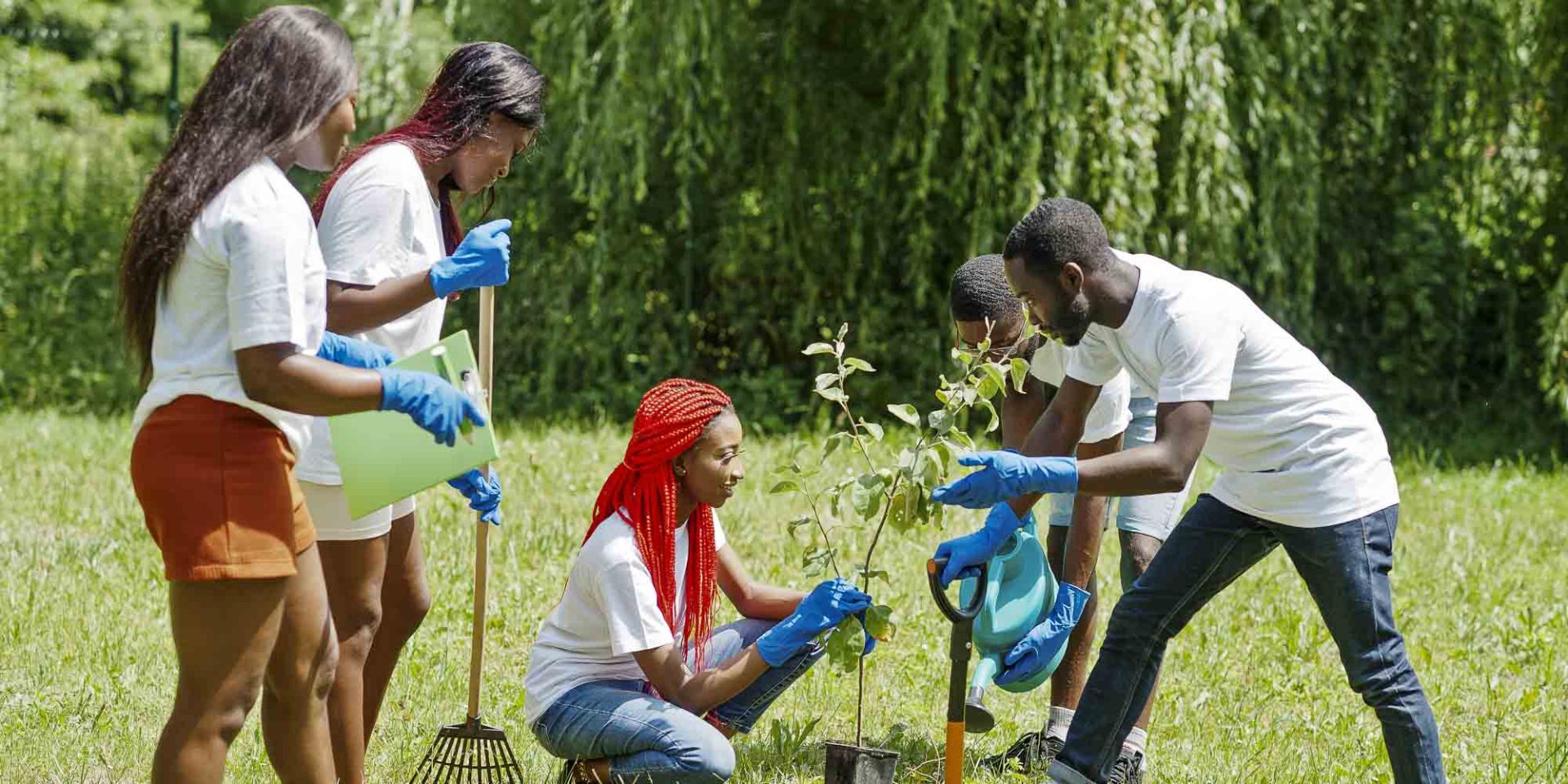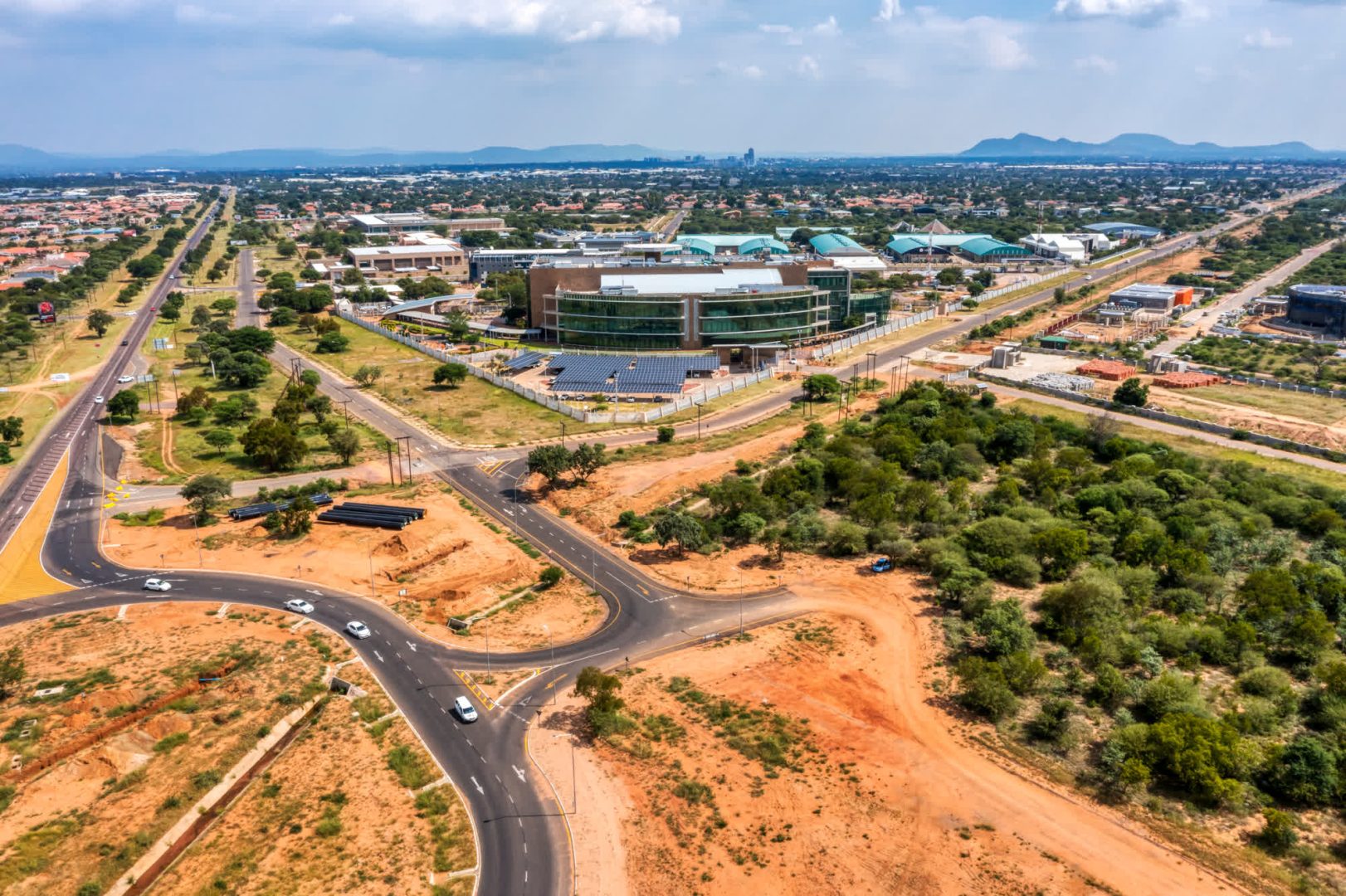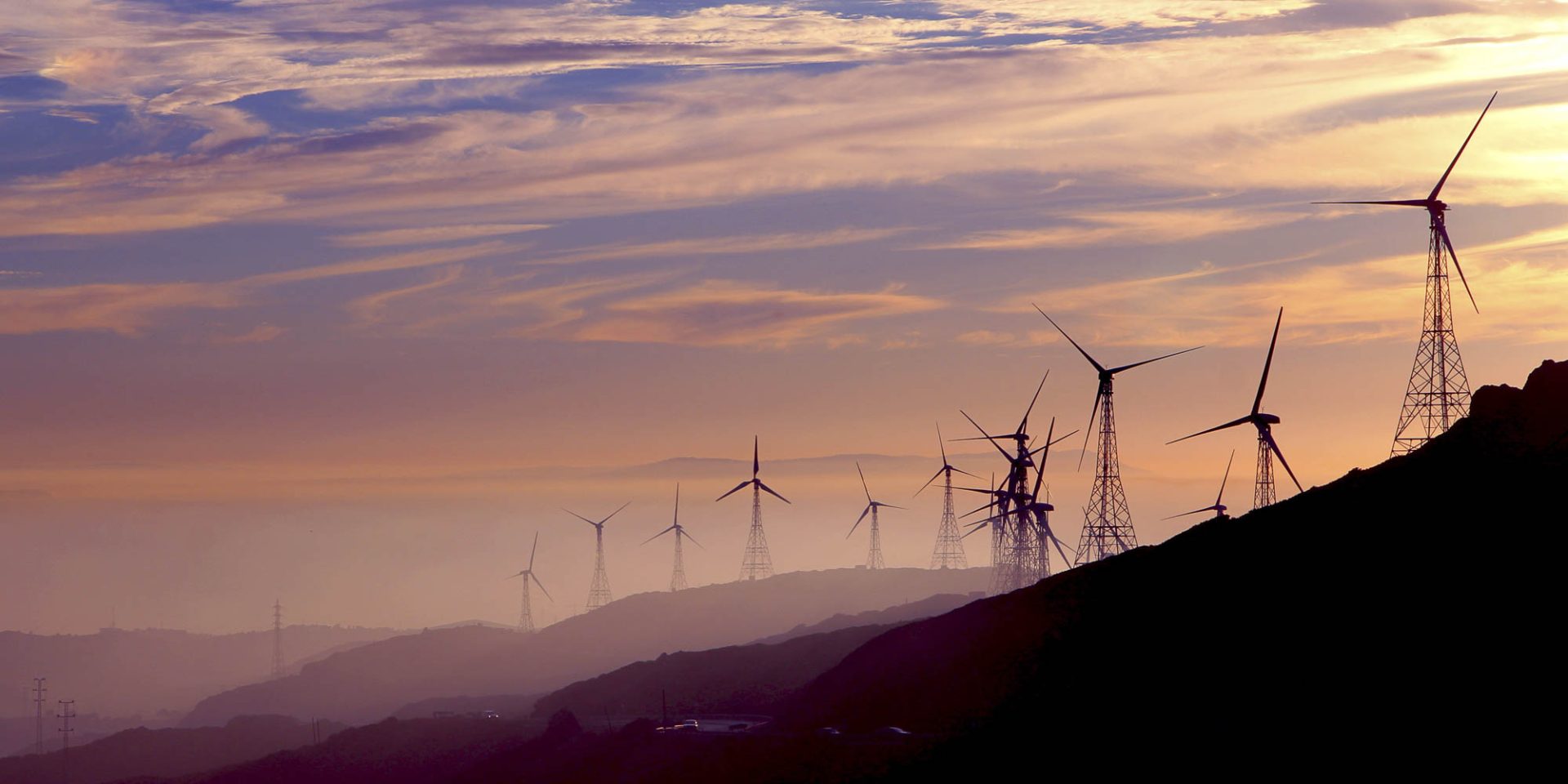The rolling green tea hills of Limuru in Kenya is home to some of the world’s best tea. As I take a stroll through the tranquil tea plantations, I come across a smallholder farmer called Karanja. Focused and hard at work, he manually prunes his tea bushes with a machete as I approach slowly. We quietly greet one another in the Kikuyu language that is widely spoken in the region – “Wî mwega?”. He responds that he is well but worries deeply for his tea bushes’ productivity – his main source of income. The double tragedy of poor rains and high fertiliser prices is synonymous to many farmers on the continent.
As a matter of pride, Kenya is the leading exporter of black tea in the world accounting for about 22 per cent of global exports. Therefore, access to fertiliser is a critical component for this industry that earns the country in excess of $1.3bn per annum. A critical foreign exchange earner. The Kenya Tea Development Agency (KTDA) imports over $130m of fertiliser per year for its hundreds of thousands of smallholder farmers. This is usually made affordable by taking post-dated payments against future production. A system that has worked. With declining revenues from low crop production and rising input costs, farmers will see a significant reduction in profits.

Today, a bag of fertilizer in Kenya costs kshs6,500 ($54) up from about kshs2,300 ($20) twenty months ago. As a result, smallholder farmers are finding themselves cultivating less land to match their budgets or cultivating the same area of land but under fertilising it. This is a tragedy. Already according to The Food and Agriculture Organization of the United Nations (FAO) Africa uses about 20kgs of fertilizer per hectare of land compared to the global average of 80kgs per hectare.
The ability for the world to produce synthetic ammonia meant that it could be used as a feedstock to make large amounts of synthetic fertiliser and boost food production. However, this has come at a massive cost to the environment because the process consumes huge amounts of energy. The majority of synthetic fertilizers are produced using natural gas (methane). As of 2021, natural gas use in synthetic fertilizer manufacturing emitted over 14 gigatons of carbon, representing 10.6 per cent of agricultural emissions and 2.1 per cent of global greenhouse gas emissions.
The need to make synthetic fertilizer with a zero-carbon pathway is gaining interest as part of the world’s race to net-zero. This is where the opportunity lies for Africa! The continent is home to some of the best renewable energy sources in the world. According to the International Renewable Energy Agency (IRENA), Africa’s renewable energy potential is estimated at over 10 terawatts of solar power, 350 gigawatts of hydro electric energy, 10 gigawatts of wind and more than 20 gigawatts of geothermal. Using this renewable energy abundance, we can manufacture green hydrogen that can lead to the manufacture of green ammonia and eventually zero carbon fertilisers that can be supplied across the continent.
In countries such as Kenya that is home to the world’s largest geothermal reservoirs this is even more attractive. Geothermal energy – the combination of hot rocks underground and water to make steam, possess a great opportunity. Because geothermal is base load power i.e., produces energy 98 per cent of the time, unlike other renewables that are intermittent. Such an energy source can produce zero carbon fertilizer at a very competitive cost. If this can be achieved the benefits can be numerous. Reduction in farming inputs leading to a reduction in production costs of food, potential export earnings from the zero-carbon fertiliser and food, plus we can position the continent as a hub for decarbonised food supply chains for the world.
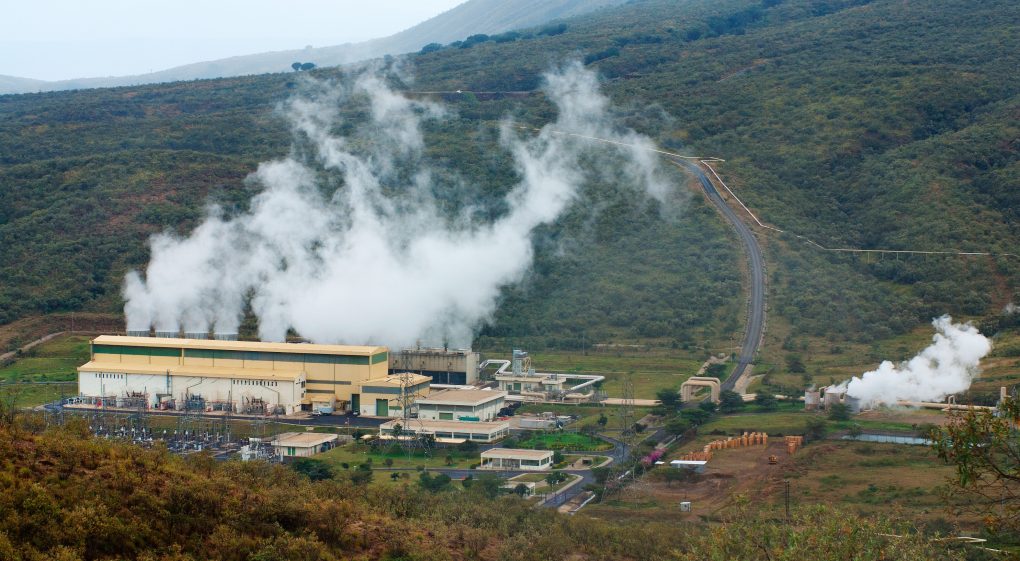
With Africa holding 60 per cent of the world’s uncultivated arable land, we need to do better. The continent’s burgeoning population of 1.4bn people (2bn by the year 2050) is a sure indication that food security will continue to be top of the agenda for many governments seeking to secure a peaceful and sustainable future. The lack of capacity on the continent to make ammonia comes at a huge cost. The International Food Policy Research Institute (IFPRI) forecasts that global food production is expected to decline by 1.8 per cent in 2023 while Africa’s food production is set to decline by 12 per cent in the same year.
So, what will it take to turn our dreams into reality? We may have to turn to the investment community for the answer.
Mugwe Manga is Co-Founder and Managing Director, Kenya-based Olsuswa Energy Limited.
The views expressed in this article are the contributor’s own and do not necessarily reflect BII’s investment policy or the policy of the UK government.

